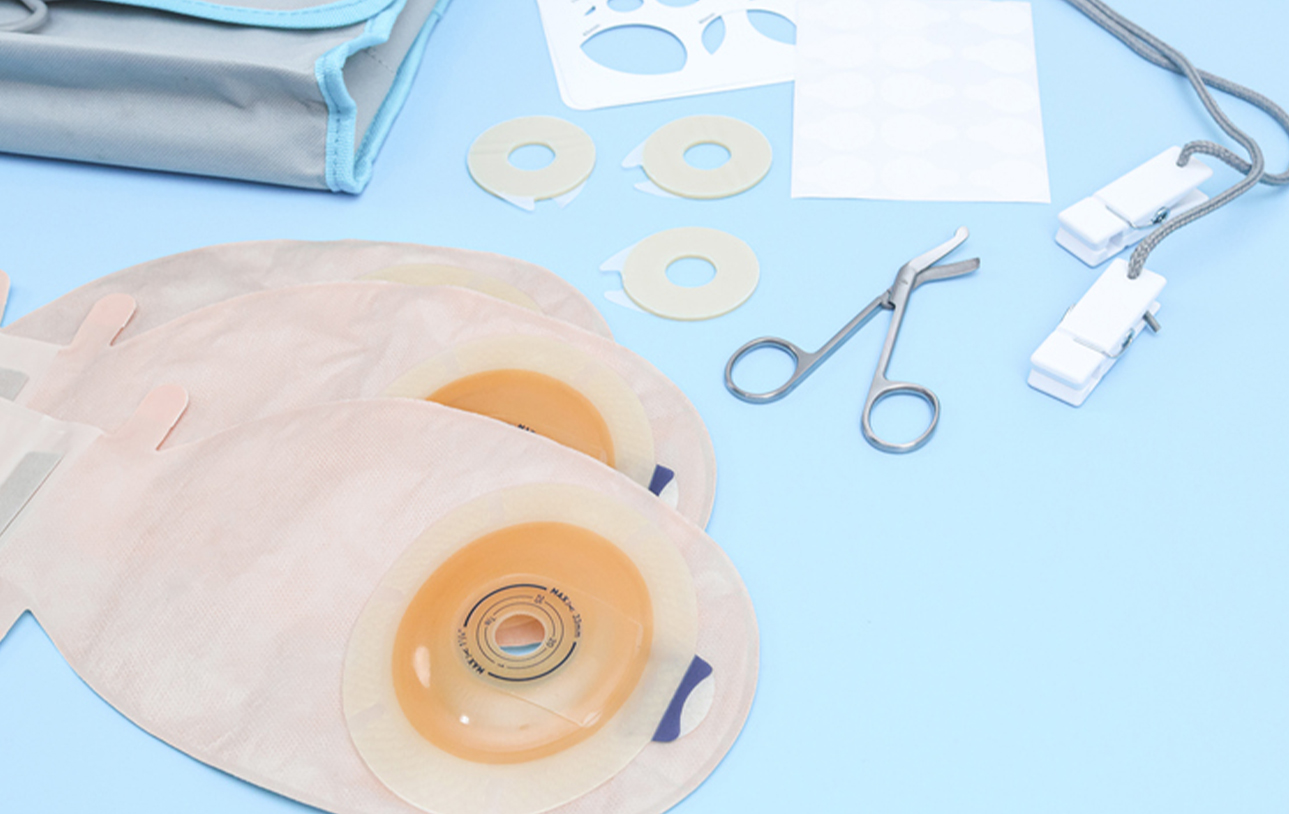
Tips For Ostomy Maintenance And Daily Living
While the need for an ostomy bag may be difficult for anybody, the necessity for one can be challenging for younger individuals, given the number of years they still have ahead of them and the higher probability of engaging in activities where the bag will be visible.
The reality of someone who will live with a bag for three or five years is different from the reality of someone who will live with a bag for 60 or 80 years. As a result, the pediatric population will grow significantly. It may be challenging to adjust to abrupt sports or beach activities. People notice appliances more than people.
But bags provide a great deal more personal flexibility. Anyone seeking a colostomy should consult with an experienced, board-certified colorectal surgeon.
Following surgery, you will be given pain medication to help you recover. You will be admitted to the hospital for a few days, but you will be able to sit up and walk for short distances quickly after the procedure is completed. Every day, the ET nurse will examine your stoma for any signs of infection. After a few days, you may be ready to learn more about your stoma. The ET nurse will be on hand to provide assistance and answer any questions you may have.
When you return home, you may need the assistance of a home healthcare nurse to assist you with your stoma care. Your surgical wound will also be cared for by them to ensure that it heals properly. A nurse will inform of the following:
- You must know how to clean and care for your skin correctly
- How to avoid being infected
- Things to watch out for and notify your service provider
- What medications to take, why to take them, and how to handle them are discussed
Knowing The Pouch System’s Functions
The majority of colostomy appliances are comprised of a two-piece pouch system. Try a few different alternatives before determining which one works best for you. The system is made up of the following components:
A flange: This is a stoma-protecting rubber band that clings to the skin surrounding your stoma. Cut to suit your stoma, and it will protect the skin surrounding it and keep it clean.
A pouch: This tiny bag connects to the holder’s flange. It is in charge of collecting the feces. Some bags are closed, while you can drain others via a hole at the bottom of the container.
Your ET nurse will proactively answer the following questions:
- What things will you need, as well as where to get them?
- Learn how to remove the pouch and clean it?
- How to make adjustments to the pouch and flange?
- How do you get the best seal possible so that the bag does not leak?
- Showering while wearing the pouch?
While Changing the Flange
Before applying the flange, make sure that your skin is clean and dry. You may dry your skin with a hairdryer set on the lowest heat setting, or you can wait for your skin to dry thoroughly on its own. Ensure that the flange sticks (adheres) properly for an extended period. Changing your flange may be required more often for those who exercise or sweat a lot.
You may have difficulties obtaining a good seal between the pouch and the flange immediately after your procedure. Seal issues have the potential to cause the bag to come free. The wound healing around the stoma will make it simpler to achieve a good seal.
Daily Living with Pouch
It will take some time to get used to your ostomy bag and its needs. Your medical staff can help you with this – consider joining an ostomy support group. No one knows you have an ostomy or a bag in your abdomen until you tell them. Alternatively, you can inform those who need to know.
When it comes to concealing your pouch, wearing loose-fitting clothes and bottoms might be beneficial. Use caution to prevent injury when allowing your dogs or small children to leap onto your lap where the bag is positioned. When putting on your seat belt, take care not to snag anything.
When traveling with ostomy supplies, be sure to bring extras. You may also want to restrict your food intake and be mindful of what you consume before you go. For example, some individuals get gas due to eating specific meals.
There are liquid and solid treatments available to assist with odor management, it may also be beneficial to empty your pouch regularly.
Basic Precautions to Take
Always have an emergency kit with additional supplies on hand, including items such as:
- Pouches
- A flange that has been precut extra
- A roll of masking tape
- Wet wipes are a kind of disinfectant
You may wish to make dietary modifications and restrict items that might produce gas, such as the following:
- Asparagus
- Bananas
- Beans
- Bran
- Broccoli
- Cabbage
- Carrots
- Cauliflower
- Grain foods
- Lactose-containing dairy products, such as milk and cheese
- Onions
- Sodas
Analyze What You Eat and Pass Out
Stools may pass at any time. Constipation can cause discomfort in colostomy patients. Keep track of your bowel movements. Please note their severity and frequency. Drink enough water to keep the feces wet as they move through the digestive tract. A laxative once in a while may help maintain softer stools. But, before taking them, consult your doctor. Increasing your intake of veggies, fruits, and drinks may also help.
Conclusion
Six to eight weeks following surgery, an individual may return to work. However, for the first 2–3 weeks after the surgery, they should refrain from driving or doing the heavy lifting. In addition, people should refrain from engaging in strenuous physical activity or sports for three months. Walking, swimming, and cycling, on the other hand, are all acceptable types of exercise as long as they are not intense.
It is also crucial to highlight that having an ostomy should not interfere with a person’s capacity to have a physical connection with another person. Those who want to resume sexual activity should do so only if their healthcare team believes it is safe to do so.




